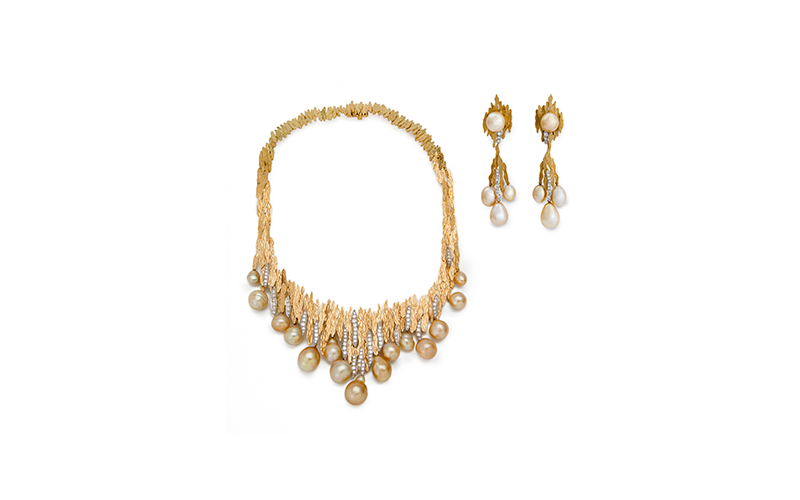- Events & Programs Home
- Calendar
- Accessibility
- Adults
-
Families & Teens
- Families & Teens Home
- 10x10 Teen Art Expo
- Art on the Rise
- Art Together: Art Making for Families with Children Ages 3–5
- Babies Sing with May Festival Minis
- Boy Scouts / Girl Scouts
- CAM Kids Day
- Family Storytime and Gallery Walk
- Family Studio: Art Making for Families with Children Ages 6–12
- Games in the Galleries
- Members-Only Baby Tours
- Public Baby Tours
- REC Reads
- Rosenthal Education Center (REC)
- Saturday Morning Art Class
- See Play Learn Kits
- Summer Camp
- Teachers
- Community Outreach
- Fundraisers
- Plan Your Own Event

- Events & Programs Home
- Calendar
- Accessibility
- Adults
-
Families & Teens
- Families & Teens Home
- 10x10 Teen Art Expo
- Art on the Rise
- Art Together: Art Making for Families with Children Ages 3–5
- Babies Sing with May Festival Minis
- Boy Scouts / Girl Scouts
- CAM Kids Day
- Family Storytime and Gallery Walk
- Family Studio: Art Making for Families with Children Ages 6–12
- Games in the Galleries
- Members-Only Baby Tours
- Public Baby Tours
- REC Reads
- Rosenthal Education Center (REC)
- Saturday Morning Art Class
- See Play Learn Kits
- Summer Camp
- Teachers
- Community Outreach
- Fundraisers
- Plan Your Own Event
Necklace and Earrings by Andrew Grima
Necklace and Earrings by Andrew Grima
- Home
- Plan Your Visit
- Art
-
Events & Programs
- Events & Programs Home
- Calendar
- Accessibility
- Adults
-
Families & Teens
- Families & Teens Home
- 10x10 Teen Art Expo
- Art on the Rise
- Art Together: Art Making for Families with Children Ages 3–5
- Babies Sing with May Festival Minis
- Boy Scouts / Girl Scouts
- CAM Kids Day
- Family Storytime and Gallery Walk
- Family Studio: Art Making for Families with Children Ages 6–12
- Games in the Galleries
- Members-Only Baby Tours
- Public Baby Tours
- REC Reads
- Rosenthal Education Center (REC)
- Saturday Morning Art Class
- See Play Learn Kits
- Summer Camp
- Teachers
- Community Outreach
- Fundraisers
- Plan Your Own Event
- Give & Join
- About
- Tickets
- Calendar
- Exhibitions
- Collections
- Blog
- Shop
- Art
- Exhibitions
- What, Me Worry? The Art and Humor of MAD Magazine
- Recall. Reframe. Respond. The Art of Paul Scott
- Rediscovered Treasures
- Special Features
- Upcoming Exhibitions
- Past Exhibitions
- Online Exhibitions
- Explore the Collection
- Provenance and Cultural Property
- Conservation
- Meet the Curators
- Digital Resources
- Art Bridges Cohort Program

Andrew Grima (British, b. Italy, 1921–2007), Necklace and Earrings, 1975, gold, pearls, diamonds
Audio Description
A matching set of necklace and earrings, this example was designed by British jeweler Andrew Grima in 1975. Grima was born in Italy in 1921 and died in 2007.
Narrow around the neck and wider at the center front, this necklace is made up of long, amorphous shapes of gold that are incised with linear, squiggly lines. At the center front, pea pod shapes that are various lengths hold various numbers of small, faceted diamonds. Hanging from these and the gold shapes are natural pearls of various soft pastel shades. The pearls are randomly shaped. The clip-on earrings have a single, large, round pearl at the top surrounded by the same gold amorphous shapes as the necklace. There are three small, faceted diamonds at the bottom. These are attached by the gold shapes to three natural pearls that dangle at the bottom. The center pearls, which are more teardrop-shaped, are attached by a vertical row of small, faceted diamonds.
Label Copy
A matching set of necklace and earrings, this example was designed by British jeweler Andrew Grima in 1975. Grima was born in Italy in 1921 and died in 2007.
A dashing Englishman, Grima served not only the British royal family but a coterie of international celebrities and elites. Elizabeth Taylor, Jacqueline Kennedy Onassis, and Gloria Vanderbilt, to name a few, were all drawn to his jewelry, along with the growing jet set generation. Using semi-precious stones that were unique in shape and size, similar pieces of jewelry were sold only to clients in different countries. His customers could be assured that they would not meet another person wearing the same design.
In his Tale of Tahiti Collection, Grima revisited the pearl for the last of a series of themed lines. Here he re-envisioned the classic twinset of perfectly round, graduated pearls matched with equally perfect earrings. Characteristically different, this pair features irregular gems in a range of soft colors. The overlapping, eccentric gold shapes interspersed with pavé diamonds create a sense of movement and vivacity that is both expressive and unique.
Cincinnati, OH 45202
Toll Free: 1 (877) 472-4226
Museum Hours
Museum Shop
Terrace Café
Library
Cincinnati Art Museum is supported by the tens of thousands of people who give generously to the annual ArtsWave Campaign, the region's primary source for arts funding.

Free general admission to the Cincinnati Art Museum is made possible by a gift from the Rosenthal Family Foundation. Exhibition pricing may vary. Parking at the Cincinnati Art Museum is free.
Generous support for our extended Thursday hours is provided by Art Bridges Foundation’s Access for All program.

General operating support provided by:



